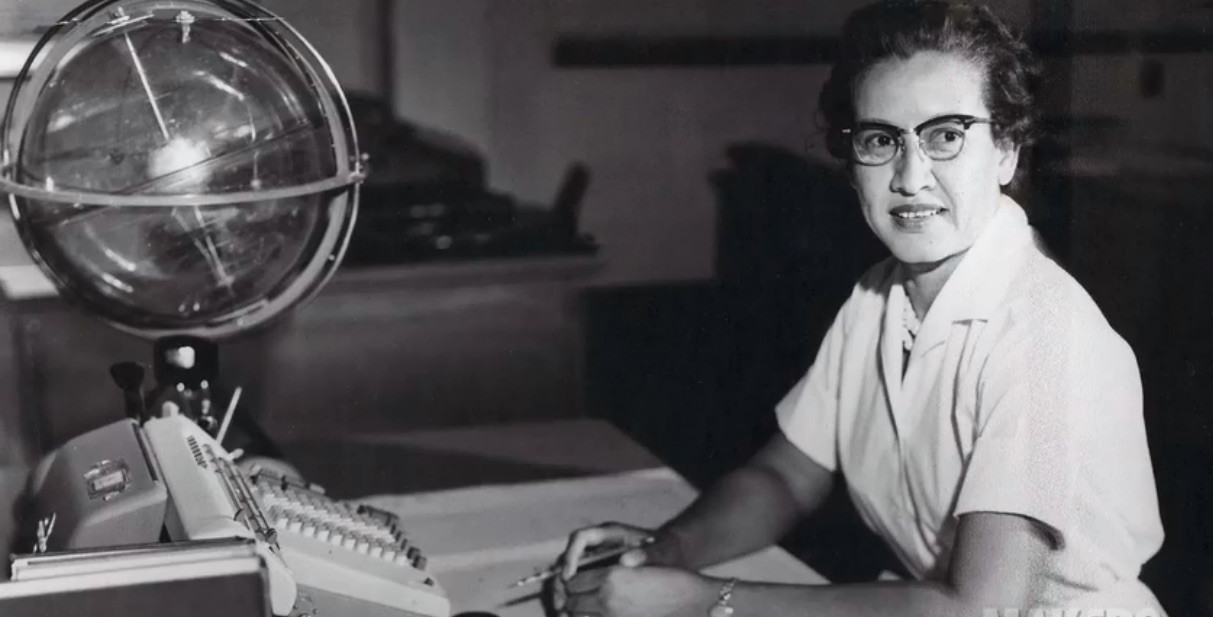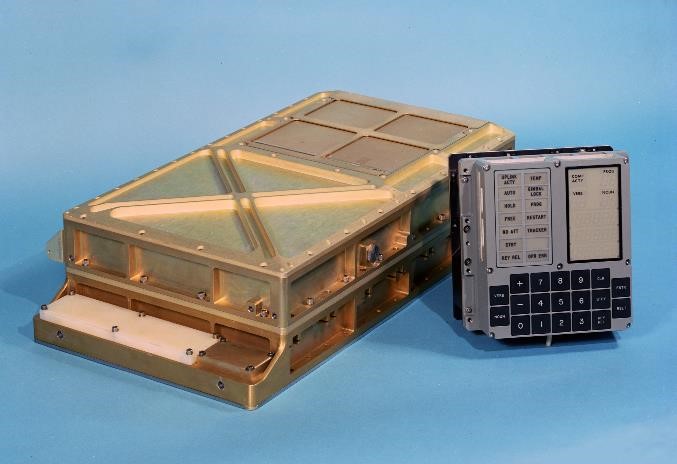NASA mathematician Katherine Johnson did more than just calculate rocket trajectories for early space missions. Her story, when it was finally told, completely changed people’s perceptions about who has been – and who can be — important in history.
Continue reading “The Life of Katherine Johnson Shows that ‘Hidden Figures’ Are Important to History”Who was Aristotle?
Philosopher, polymath, educator, synthesist, founder. These are just some of the words used to describe Aristotle, the 4th century BCE Greek luminary who (along with Plato) is known as the “father of Western philosophy.” With subjects ranging from physics, biology, and astronomy to logic, ethics, politics, and metaphysics, there is scarcely any field of study or subject that he did not have a significant and lasting impact on.
In fact, within the realm of astronomy and physics, Artistotle would be one of the leading authorities whose work would be considered canon for over two thousand years after his death. From Classical Antiquity to the Roman Empire to the Middle Ages and the Rennaissance, Aristotle would be considered the authoritative source on countless subjects.
Continue reading “Who was Aristotle?”The Apollo 1 Fire: Excerpt from “Eight Years to the Moon”
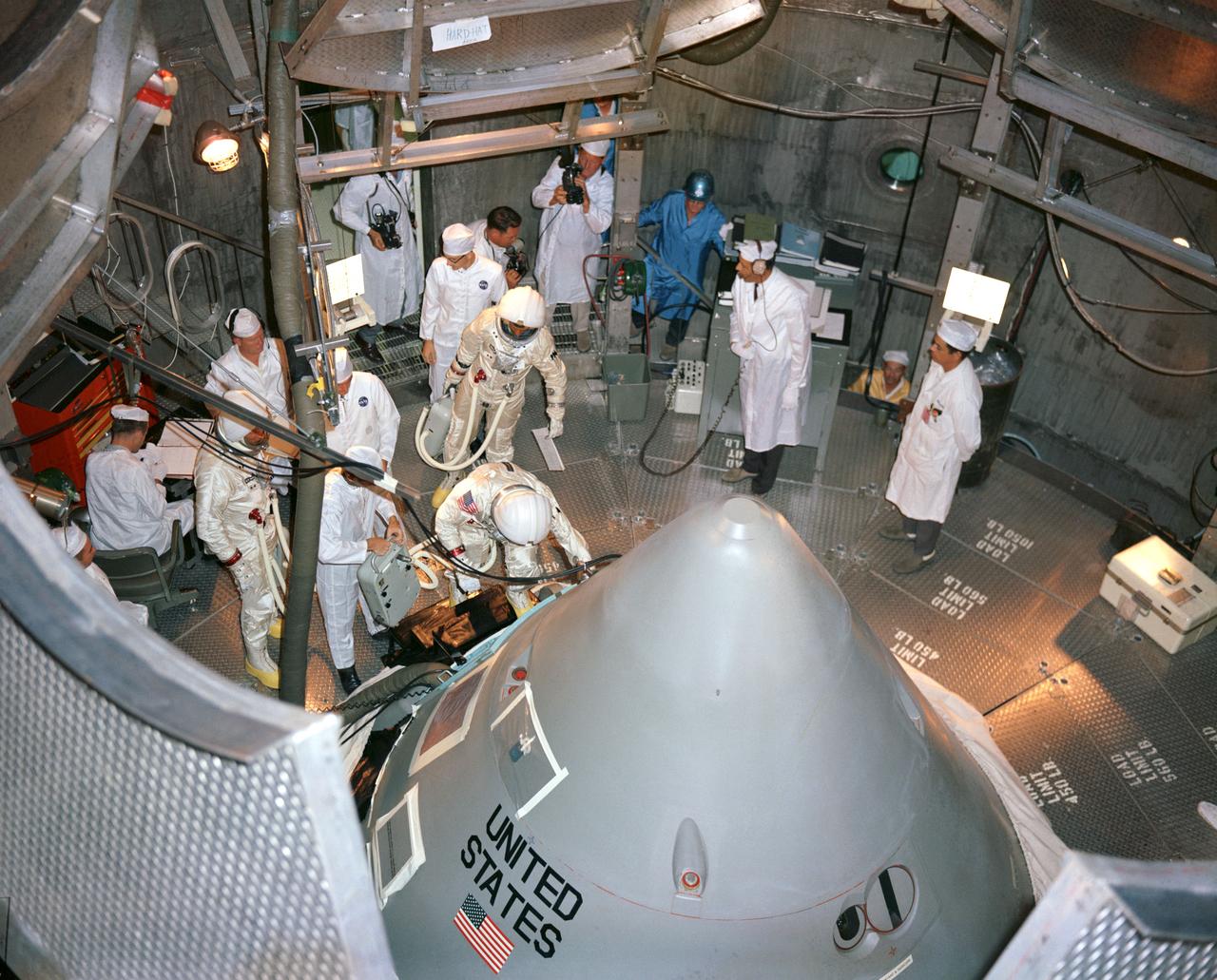
Editor’s note: Today marks the 53rd anniversary of the Apollo 1 fire that killed three astronauts during a routine test on the launchpad. The test was a dress rehearsal for the Apollo 1 crew — Gus Grissom, Ed White and Roger Chaffee. The goal was to check out the command module, NASA’s first spacecraft that would take astronauts to the Moon.
Following is an excerpt about the fire from the book “Eight Years to the Moon: The History of the Apollo Missions” by Nancy Atkinson. The book tells the unique personal stories of over 60 engineers and scientists who worked behind the scenes to make the Apollo program possible, and is filled with stories of the dedication and perseverance it took to overcome the challenges, hurdles and conflicts of doing things that had never been done before. It provides a glimpse into the lives of some of the hundreds of thousands of people who made it possible to land humans on the Moon. While many of the stories in the book are fun and heart-warming, this excerpt shares the incredibly heart-breaking event that shocked the country and halted the Apollo program as NASA scrambled to figure out what went wrong.
Continue reading “The Apollo 1 Fire: Excerpt from “Eight Years to the Moon””The Story of the Apollo Guidance Computer, Part 3
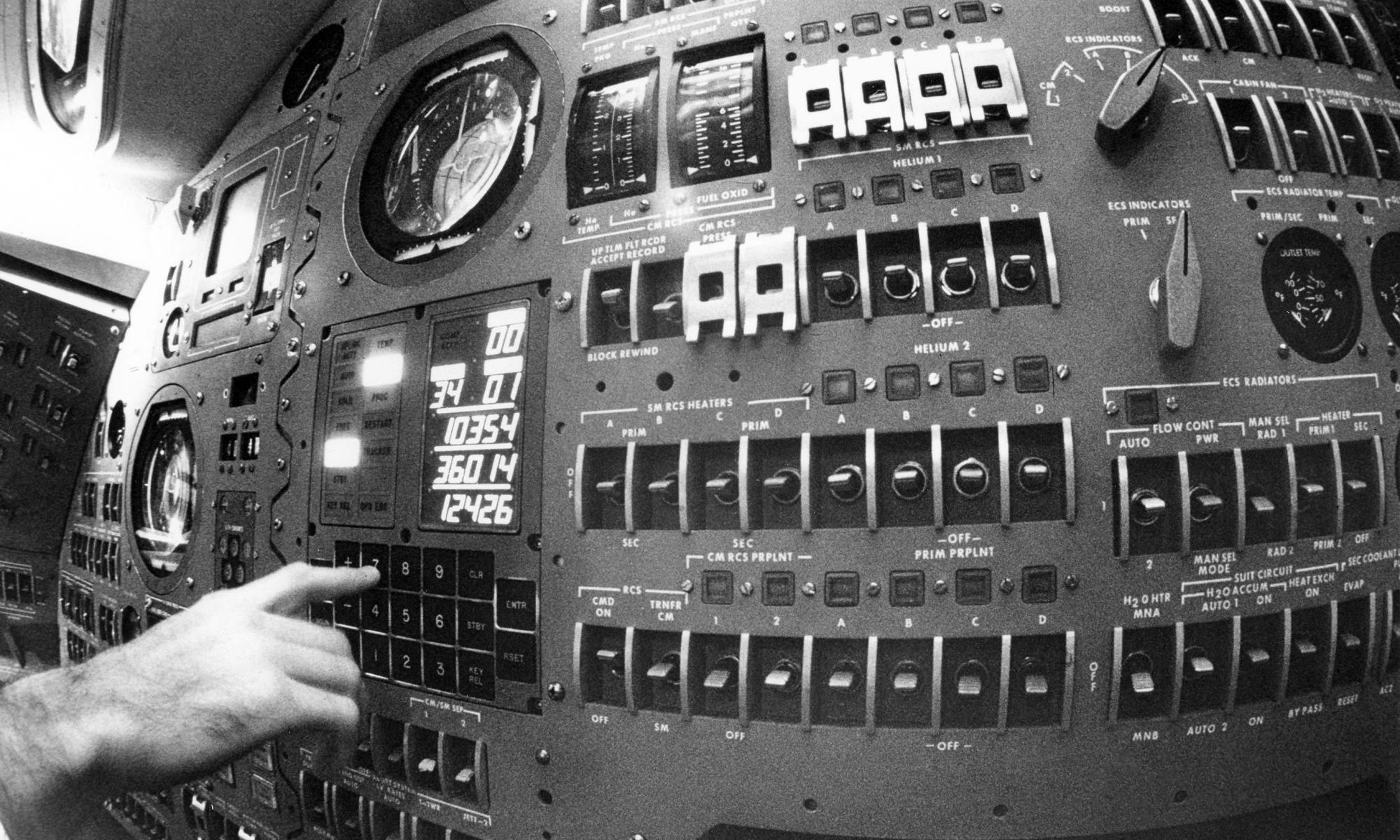
During the development of the Apollo Guidance Computer (AGC) by the MIT Instrumentation Laboratory (see Part 1 and Part 2 for the complete backstory), an inauspicious event occurred sometime during 1965-1966, while the Gemini missions were going on.
The Gemini program helped NASA get ready for the Apollo Moon landings missions by testing out rendezvous and other critical techniques and technologies. Ten crews flew missions in Earth orbit on the two-person Gemini spacecraft.
Continue reading “The Story of the Apollo Guidance Computer, Part 3”The Story of the Apollo Guidance Computer, Part 2
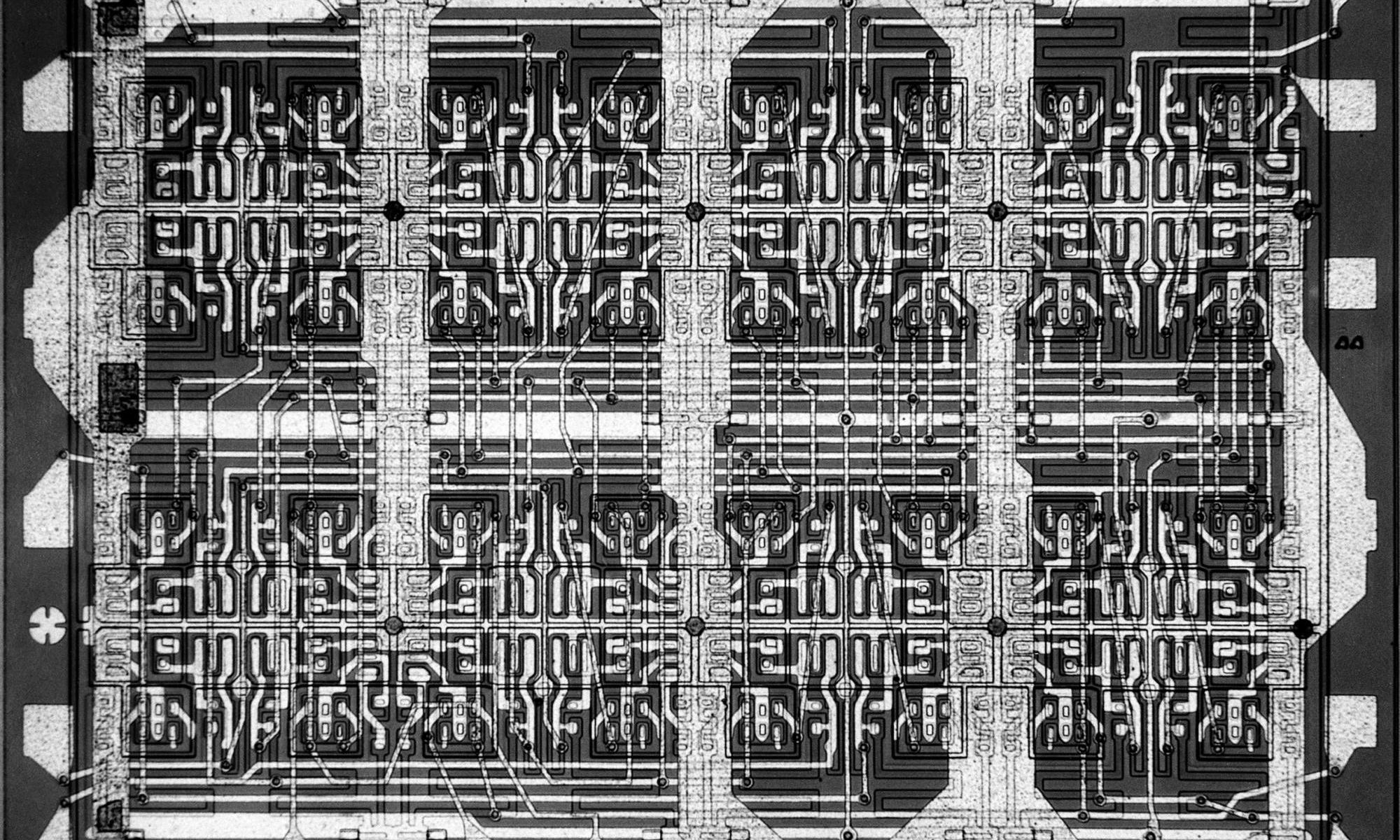
In the late 1950’s, before NASA had any intentions of going to the Moon – or needing a computer to get there — the MIT Instrumentation Laboratory had designed and built a small prototype probe they hoped would one day fly to Mars (read the background in part 1 of this story here). This little probe used a small, rudimentary general-purpose computer for navigation, based on the inertial systems for ballistic missiles, submarines, and aircraft the Lab had designed and built for the military since World War II.
Continue reading “The Story of the Apollo Guidance Computer, Part 2”The Story of the Apollo Guidance Computer, Part 1
Dick Battin stood on his driveway in the New England frosty pre-dawn back in October 1957, straining his eyes to see Sputnik fly overhead. It was amazing. Watching that little point of light scoot silently across the sky made Battin’s heart pound. A human-made hunk of metal was actually orbiting Earth!
Walking back to his house, Battin’s mind raced. Oh, how he wished he’d never left the MIT Instrumentation Laboratory a year and a half ago. He’d regretted it since the day he decided to move on to what he thought were greener pastures. But now, his regret became a steadfast resolve to somehow get back to the Lab again, because he knew – he was absolutely certain without a doubt – that Doc Draper would be getting his hand in this new venture of space exploration. And Battin wanted in, too.
Continue reading “The Story of the Apollo Guidance Computer, Part 1”Researchers May Have Found the Missing Piece of Evidence that Explains the Origins of Life
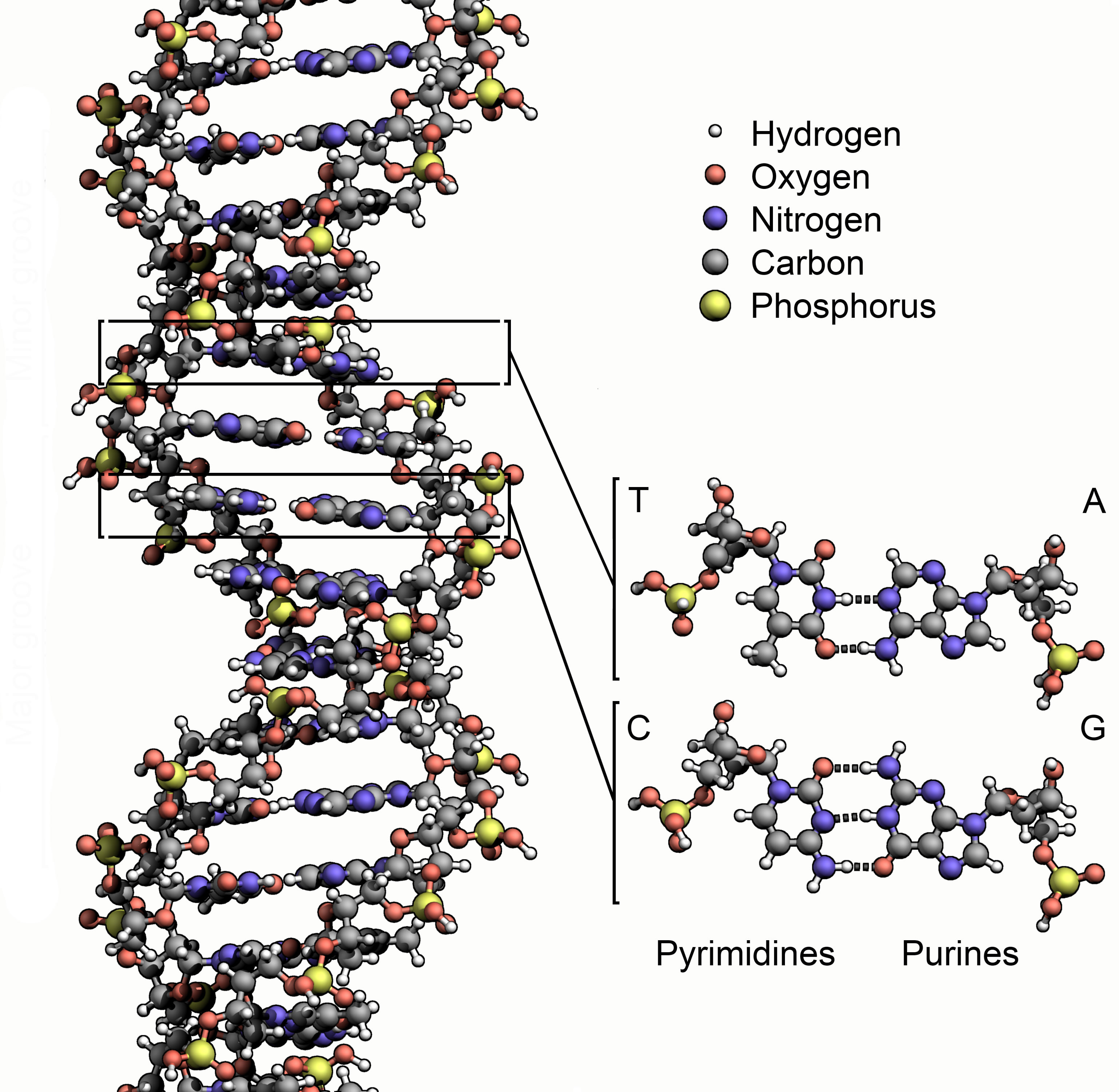
The question of how life first emerged here on Earth is a mystery that continues to
One of the more daunting aspects of the mystery has to do with peptides and enzymes, which fall into something of a “chicken and egg” situation. Addressing this, a team of researchers from the University College London (UCL) recently conducted a study that effectively demonstrated that peptides could have formed in conditions
The First-Ever Film of a Total Solar Eclipse – in 1900 – was Just Discovered and Restored

The first film of a total solar eclipse has been restored by specialists at the British Film Institute (BFI) and made available for viewing. The film was taken in North Caroline in 1900 by Nevil Maskelyne. Maskelyne was a British man who was a magician turned film-maker. He took the film as part of a Royal Astronomical Society (RAS) expedition.
Continue reading “The First-Ever Film of a Total Solar Eclipse – in 1900 – was Just Discovered and Restored”Soviet/Russian Space Missions
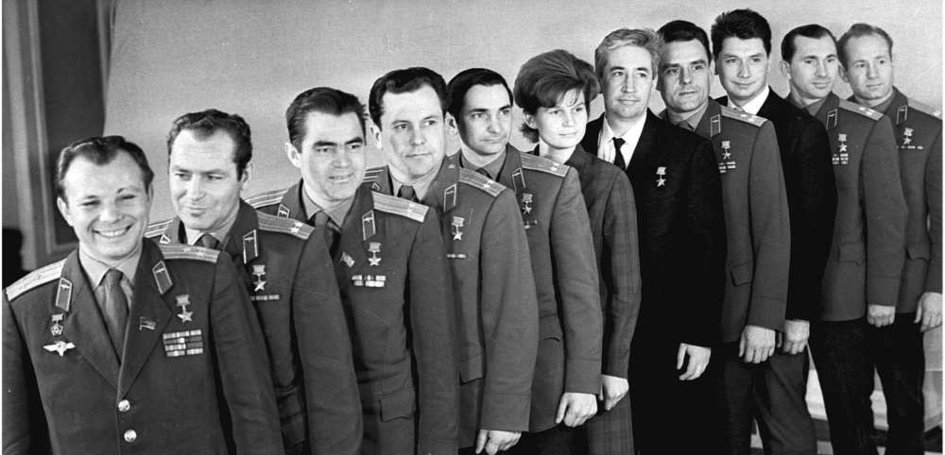
In the history of spaceflight, only one nation has made contributions that rival or supersede those of the Soviet Union or Russia. While the Soviets are credited with making the historic firsts that launched the “Space Age“, the contributions made by Russian scientists predate this period considerably. In terms of theory, the history of Russian space exploration goes back to the 19th century.
However, as with the United States, the practice of sending missions to space did not begin until after World War II. It was at this time, during the fabled “Space Race” between the east and the west, that the Soviet Union conducted several pioneering missions in robotic and crewed spaceflight. These contributions have continued since the collapse of the Soviet Union in 1991, ensuring Russia’s continued role as a superpower in space.
Continue reading “Soviet/Russian Space Missions”Are We Witnessing the Start of Solar Cycle 25?


What’s up with the Sun? As we’ve said previous, what the Sun isn’t doing is the big news of 2018 in solar astronomy. Now, the Sun sent us another curveball this past weekend, with the strange tale of growing sunspot AR 2720.
Continue reading “Are We Witnessing the Start of Solar Cycle 25?”

